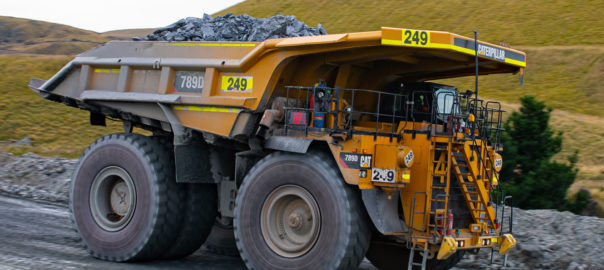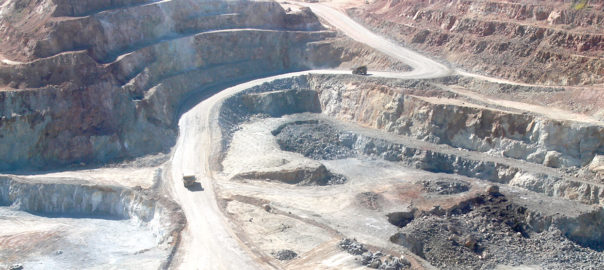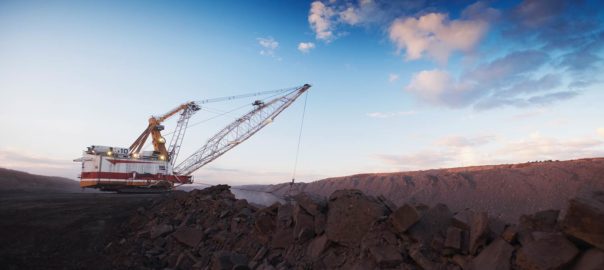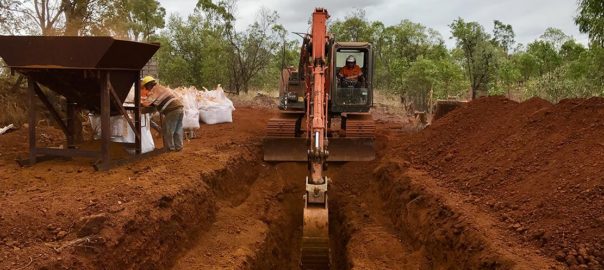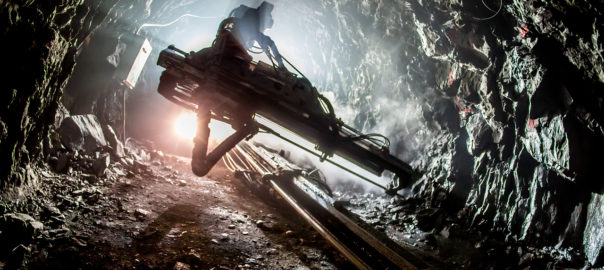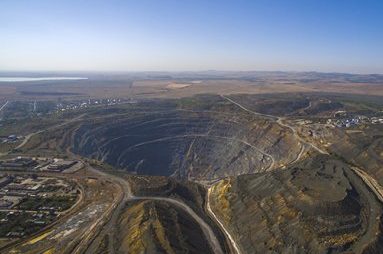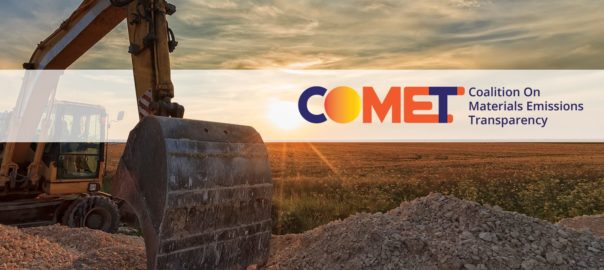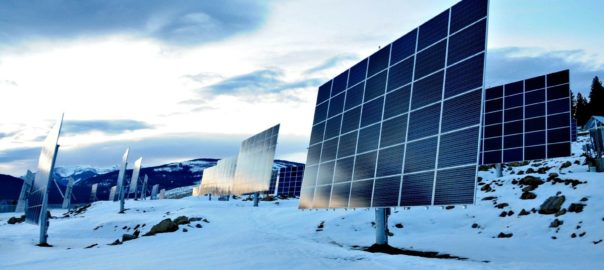OceanaGold has become the latest miner to make a climate change pledge, releasing a position statement on the subject that includes an emissions reduction goal to achieve net zero emissions from its operations by 2050.
Included within this position statement is a plan to decarbonise its electrical energy supply and mobile equipment fuel.
The goal is core to OceanaGold’s environmental management strategy to mitigate the risks associated with climate change, establish measures and targets to improve the efficiency of its energy use and to minimise its greenhouse gas (GHG) emission intensity, the company said.
Michael Holmes, President and CEO of OceanaGold said: “OceanaGold has been strongly committed to responsible mining for 30 years, and, with current emissions lower than global industry average, we are already on the journey to reduce our carbon footprint.
“OceanaGold fully supports the Paris Agreement’s goal of limiting the increase in global average temperature to well below 2°C above pre-industrial levels. In line with this objective, we are setting a goal to achieve net zero GHG emissions from our operations by 2050, and we will establish milestone intensity targets (GHG emissions per ounce of gold produced) by 2022 to support this goal.”
Delivery of net zero carbon emissions production will rely on step changes from new and emerging technologies to decarbonise OceanaGold’s electricity supplies and mobile equipment use and incrementally improving energy use, efficiency and reducing energy consumption, the company said.
Since 2018, OceanaGold has been implementing a company-wide program of automation, digital and process transformation called ADaPT. This is helping define the company’s journey to operate the mines of the future, it said.
“Digital transformation presents an industry-wide opportunity to enhance performance and reduce impact,” Holmes said. “Successful implementation of the rapid advances in technology, innovation, automation, digitisation and electrification are central to achieving OceanaGold’s commitment to reduce our environmental impact.”
OceanaGold has established a roadmap of strategic actions to help reduce its carbon footprint and improve energy management, including:
- Setting the goal to achieve net zero GHG emissions by 2050;
- Establishing milestone interim emission targets by the end of 2021, linked to employment performance incentives;
- Establishing a climate change Technical Coordinating Committee to identify opportunities to reduce GHG emission intensity and identify risks, opportunities, priorities and costs across OceanaGold; and
- Undertaking climate change management and reporting to meet the requirements of the Task Force on Climate-related Financial Disclosures (TCFD).
Targets will be achieved through the implementation of four key strategic areas: improved energy efficiency and energy reduction; decarbonisation of electrical energy supply; decarbonisation of mobile equipment fuel; and carbon sequestration, the company said







